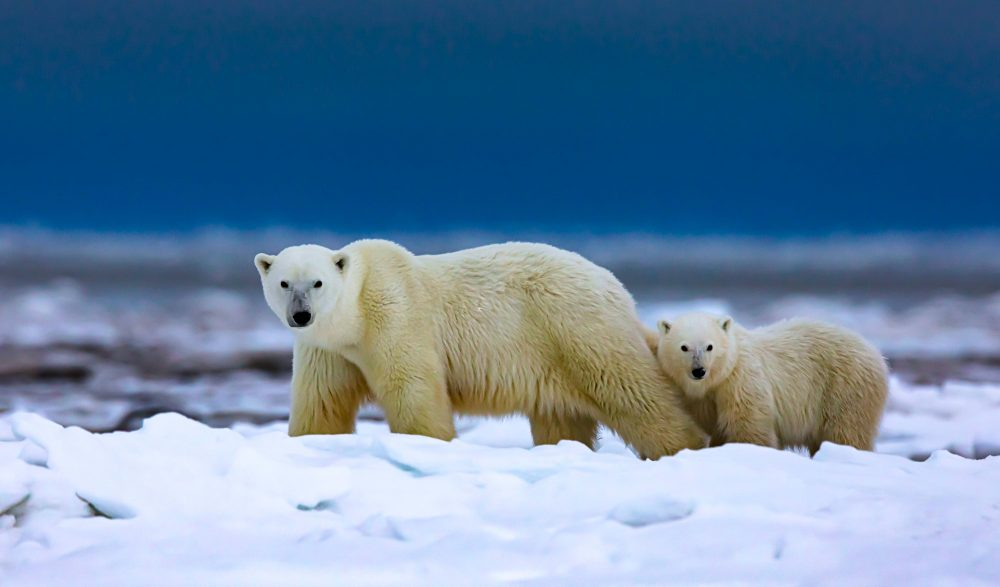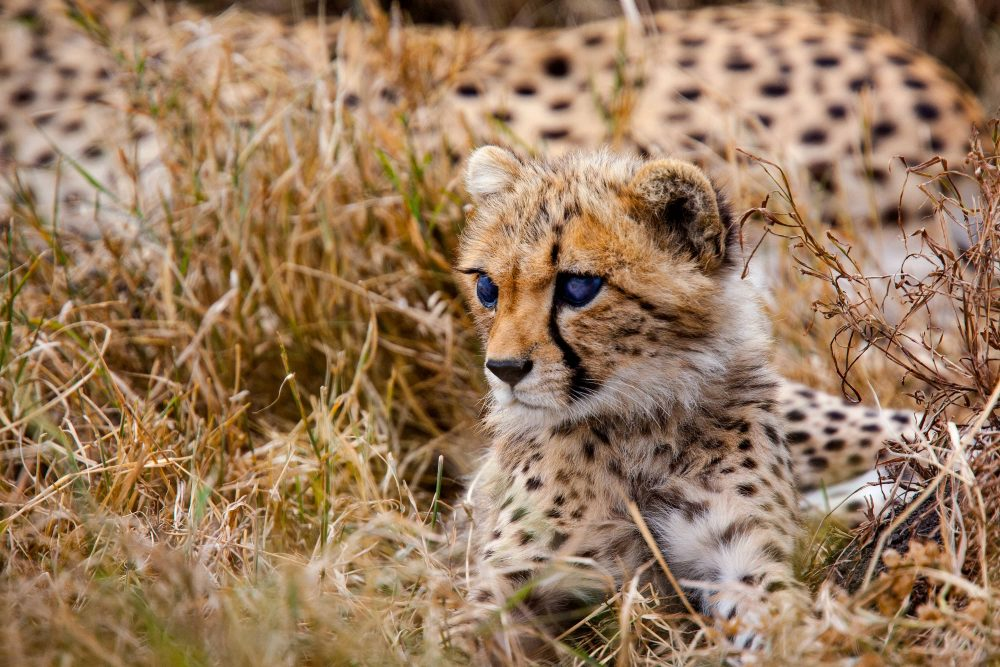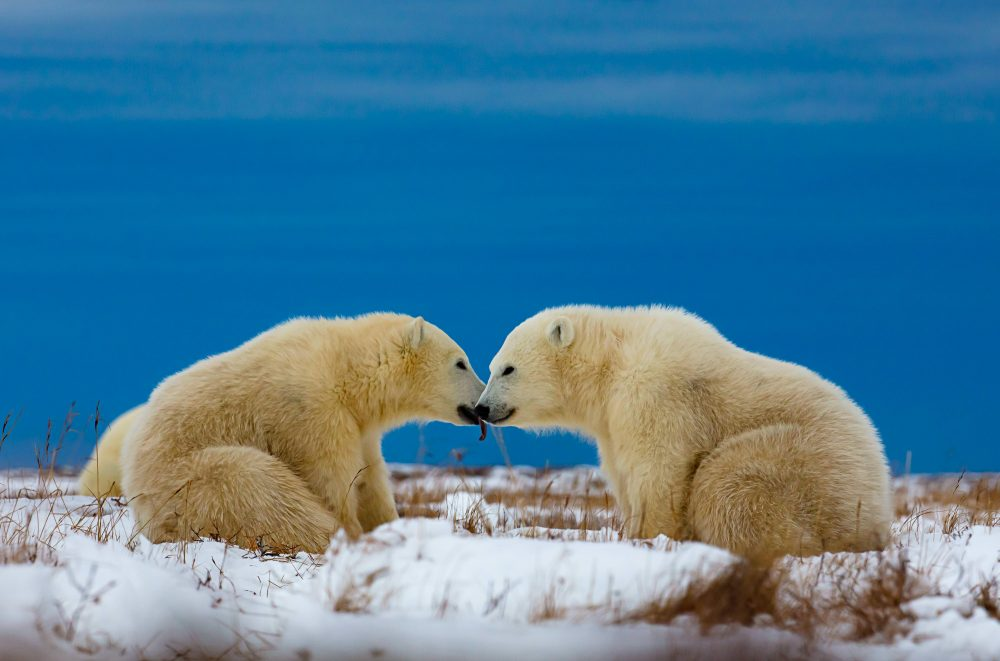Wildlife photography is a blend of patience, skill, and the right tools. For Marko Dimitrijevic, years in the field have taught that while vision and intuition are essential, having reliable gear can make the difference between capturing a fleeting moment and missing it forever. From rugged landscapes to extreme climates, his equipment must perform under pressure, ensuring that every shot is as precise and impactful as possible.
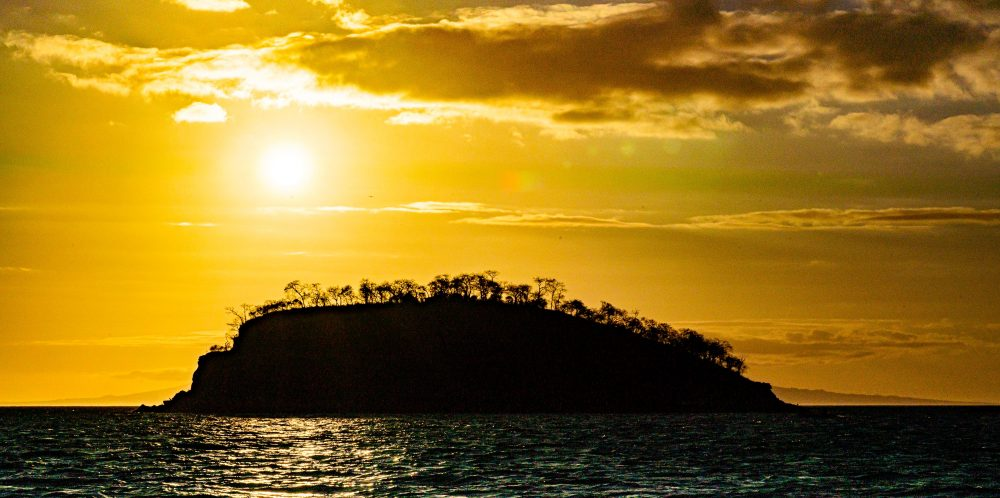
Choosing the Right Camera
At the heart of Marko’s setup is a high-performance DSLR and mirrorless camera combination. Full-frame sensors are preferred for their superior image quality, dynamic range, and low-light performance.
“In the wild, you never know when you’ll encounter the perfect shot of sunrise, dusk, or a shadowy forest,” he explains. “A camera that handles low-light conditions without noise is invaluable.” Reliability is another key factor; weather-sealed bodies allow him to shoot in rain, snow, and dust without worrying about damage.
Lenses: Seeing From Afar
Lenses are the real workhorses in wildlife photography. Marko’s collection includes long telephoto lenses, wide-angle lenses, and fast primes, each serving a specific purpose.
- Telephoto Lenses (400mm–600mm): Essential for capturing distant or dangerous wildlife without disturbing them.
- Wide-Angle Lenses (16–35mm): Perfect for environmental shots that show animals in context with their surroundings.
- Prime Lenses (50mm–85mm): Excellent for portraits of animals where detail and sharpness matter.
“Your lens determines how you see the wild,” Marko says. “A telephoto lets you observe without intruding, while a wide-angle lets you tell a story about the animal’s habitat.”
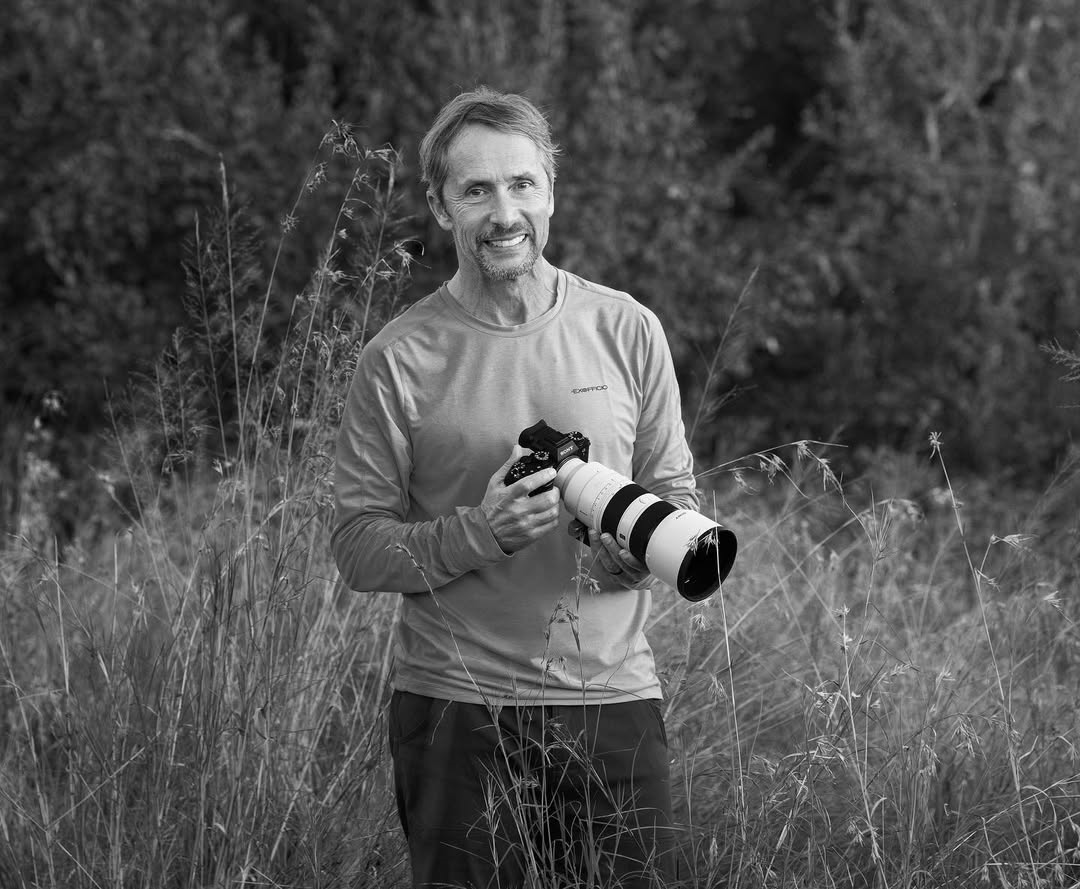
Tripods and Stabilization
Stability is crucial when shooting with heavy lenses, especially in low light. Marko relies on sturdy tripods and gimbal heads to keep shots steady, allowing for precise framing and sharp images. Portable monopods are also a favorite when mobility is needed, particularly in forests or along rugged terrain.
“Even the best lens is useless if your shot is blurry,” he notes. “Investing in reliable stabilization gear pays off, particularly during long waits in the field.”
Camouflage and Blinds
Blending into the environment is essential for photographing elusive species. Marko often uses camouflaged clothing and portable hides to minimize disturbance. This approach allows him to get close enough for intimate shots without stressing the animals.
“Wildlife is sensitive to human presence,” he explains. “Sometimes it’s not about chasing the perfect angle but becoming part of the environment and waiting patiently for the moment to unfold.”
Drones: Expanding Perspectives
In recent years, drones have become an invaluable addition to Marko’s toolkit. They provide aerial perspectives, reveal patterns in landscapes, and capture behaviors that are otherwise inaccessible.
However, he stresses responsible use: “Drones can disrupt wildlife if not used carefully. I only fly in open areas where the animals are not stressed, and I follow strict guidelines to minimize impact.” When used ethically, drones expand creative possibilities without compromising animal welfare.
Lighting and Accessories
Natural light is a wildlife photographer’s best friend, but additional gear can enhance results. Reflectors, diffusers, and portable flashes help manage shadows and highlight details, especially in dense forests or overcast conditions.
“Lighting can transform an image from ordinary to extraordinary,” Marko explains. “Even small adjustments can bring out textures in fur, feathers, or scales, adding depth and realism to the photograph.”
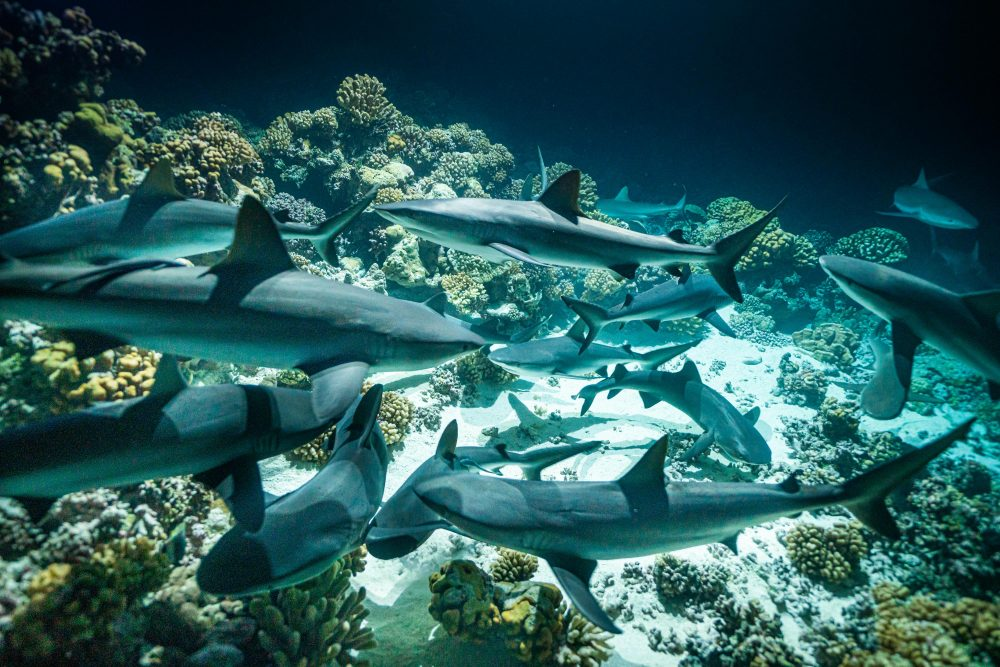
Backups and Safety Gear
Fieldwork often involves extreme conditions. To safeguard his work, Marko always carries spare batteries, memory cards, and backup drives. Protective camera bags, waterproof covers, and durable cases ensure equipment survives travel, humidity, and unexpected weather.
“Losing images due to faulty equipment is devastating,” he says. “Preparation is part of professionalism. You must plan for the worst so you can focus on capturing the best.”
Advice for Aspiring Photographers
- Prioritize Quality Over Quantity: Invest in a reliable camera and lens that suit your style and locations.
- Know Your Gear: Practice with every lens and accessory to understand its strengths and limitations.
- Balance Portability and Performance: Carry enough to handle challenges but not so much that mobility suffers.
- Respect Wildlife: Equipment is just a tool; ethics and patience matter more than any camera.
- Adapt to Conditions: From Arctic cold to tropical humidity, prepare for environmental extremes.
The Right Tools for Storytelling
Ultimately, the gear is an extension of the photographer’s vision. Marko’s setup allows him to capture fleeting moments with clarity and artistry, but it’s his understanding of light, movement, and behavior that turns technical shots into compelling stories.
For anyone entering wildlife photography, the lesson is clear: choose your tools wisely, learn them intimately, and never let gear replace observation, patience, and respect for the wild. When used correctly, equipment enables photographers to share the untamed world with precision, creativity, and ethical responsibility.
